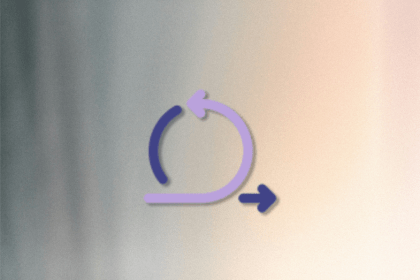
Agile isn’t broken — it’s just being misused. Learn how to reset your rituals, refocus on outcomes, and bring meaning back to your process.
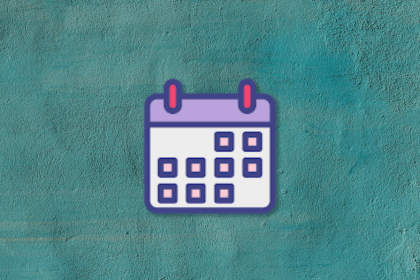
Our product team transformed user research with weekly research sprints — a high-cost, high-reward alternative to continuous discovery.

This article assesses the reality of story points, including their promise and where they went wrong, and then offers a potential solution.
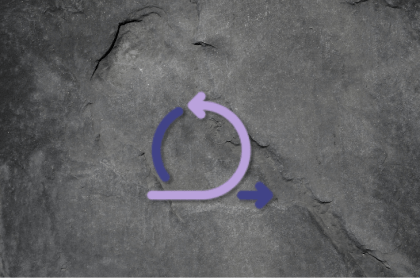
Over the last years, tech people became resistant to Agile frameworks because their expectations of empowerment didn’t materialize.
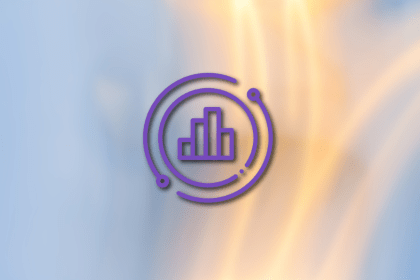
What’s Agile really about? In this blog, I explore the history and implementation of the Agile Manifesto and uncover how its values drive product innovation and collaboration.
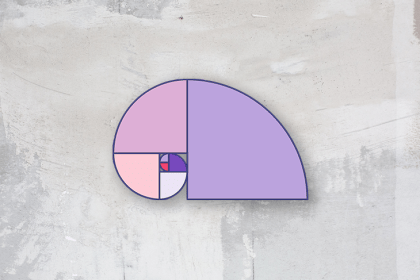
Learn how to use Fibonacci story points for Agile estimation, avoid pitfalls, and explore alternatives like T-shirt sizing and #NoEstimates.
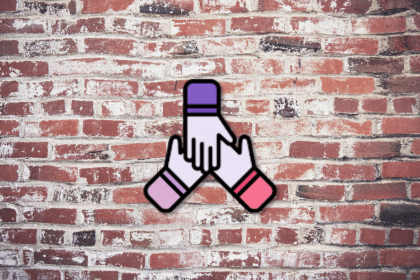
It’s important to distinguish between these roles and create an infrastructure where they come together to build useful products.
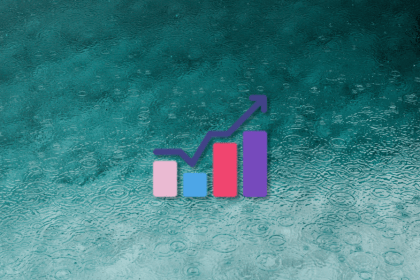
Scaled agile is an approach that allows you to extend agile principles across multiple teams, projects, or business units.
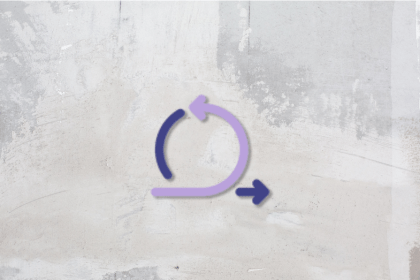
While agile is about iterative development, DevOps ensures smooth deployment and reliable software updates.

Gherkin, combined with behavior-driven development, are powerful. They provide guidance and clarity while reducing confusion.
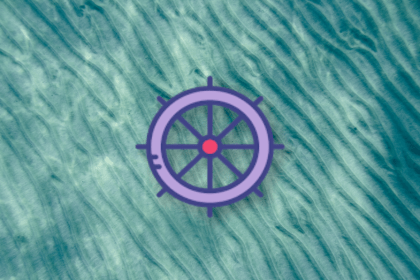
Minimums allow for lower costs, increased agility, and the ability to collect feedback before too much investment has been made.

WAgile integrates the structured, sequential phases of waterfall with the iterative, flexible practices of agile.